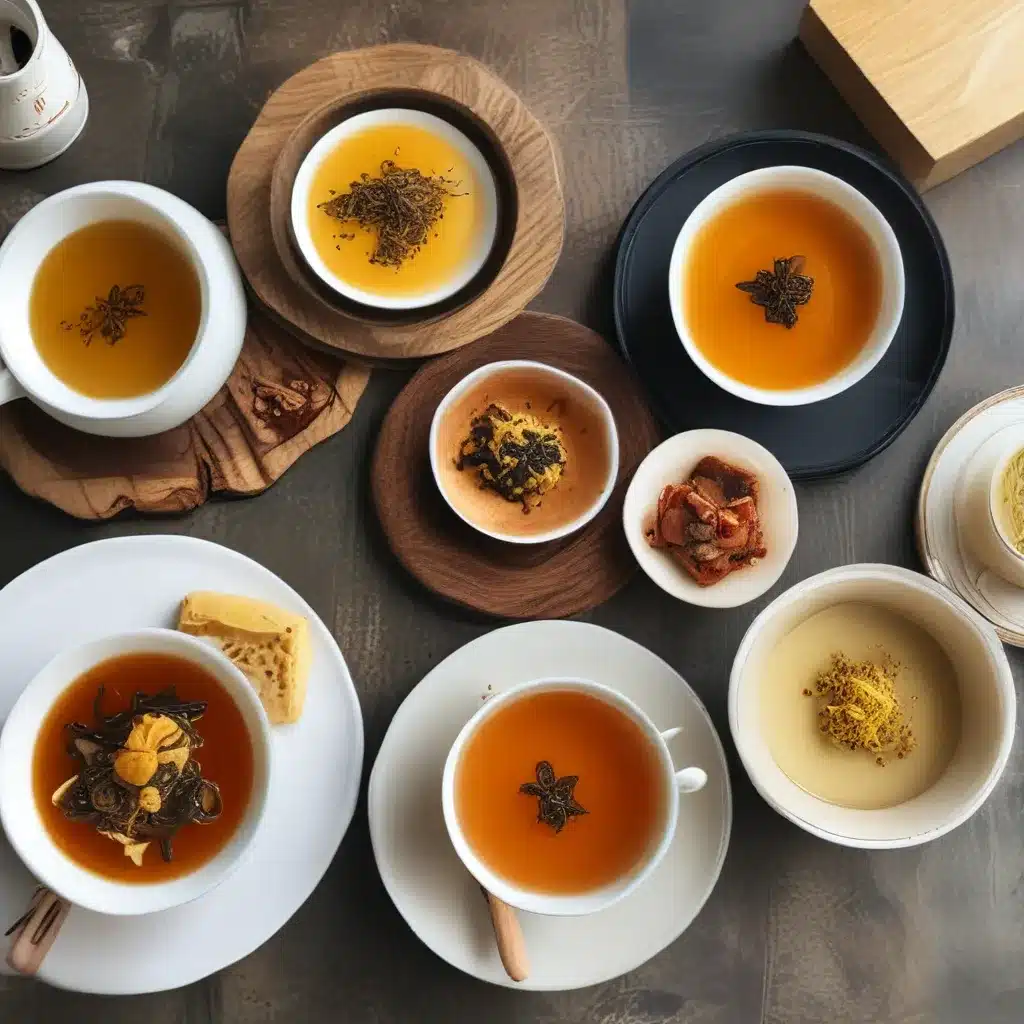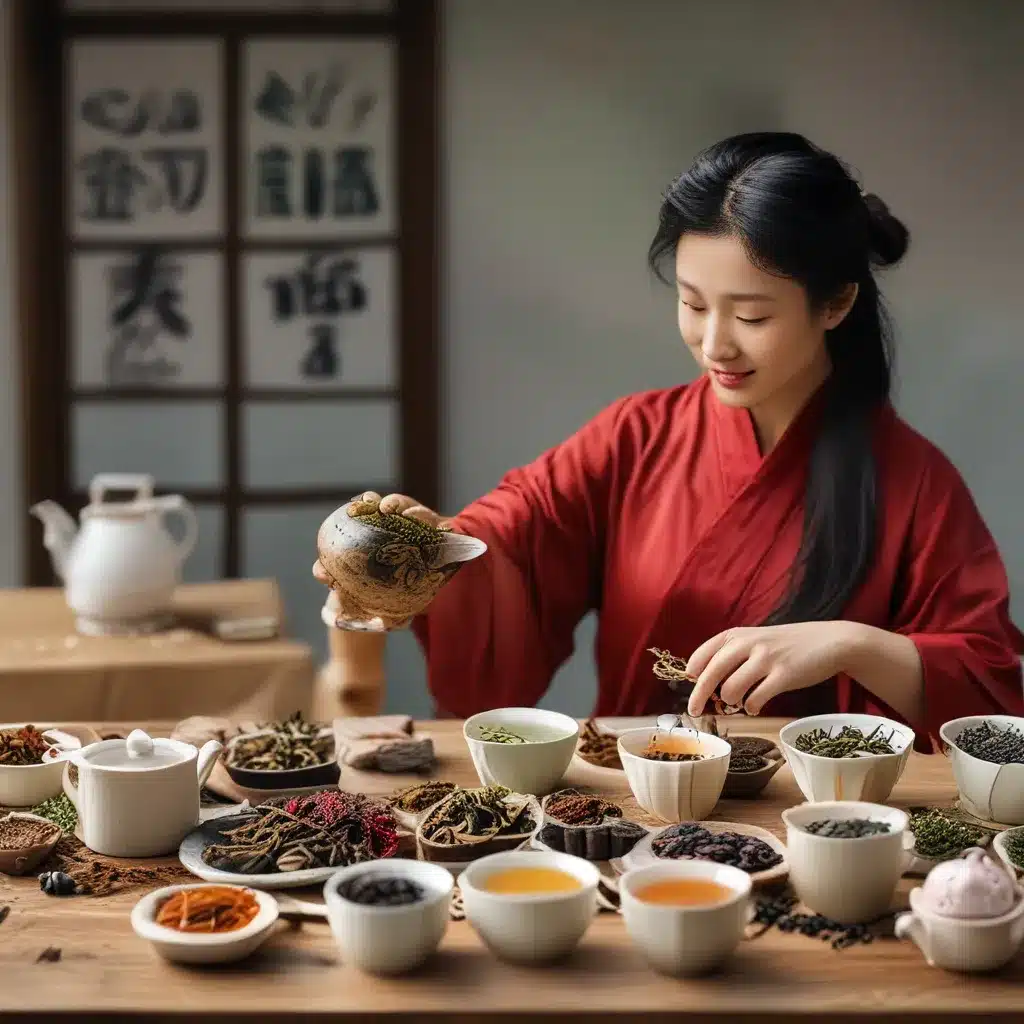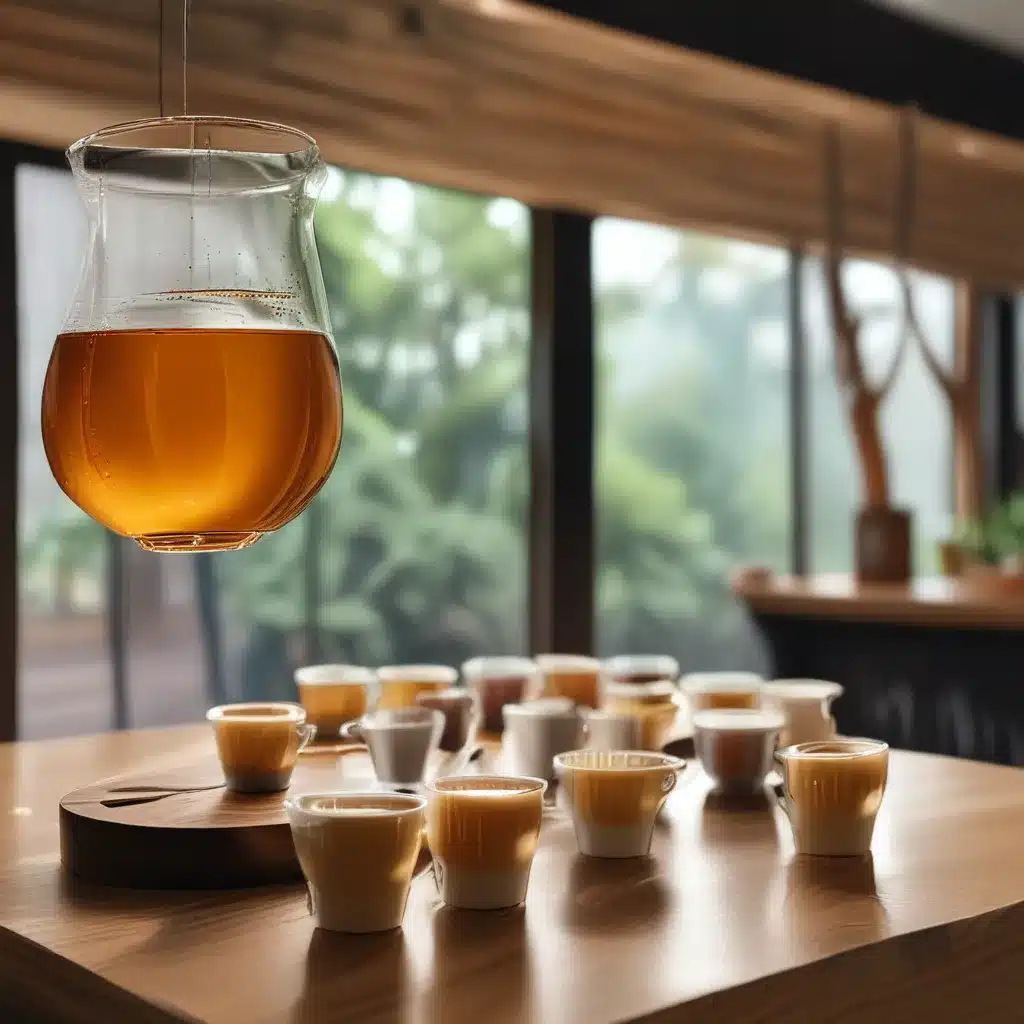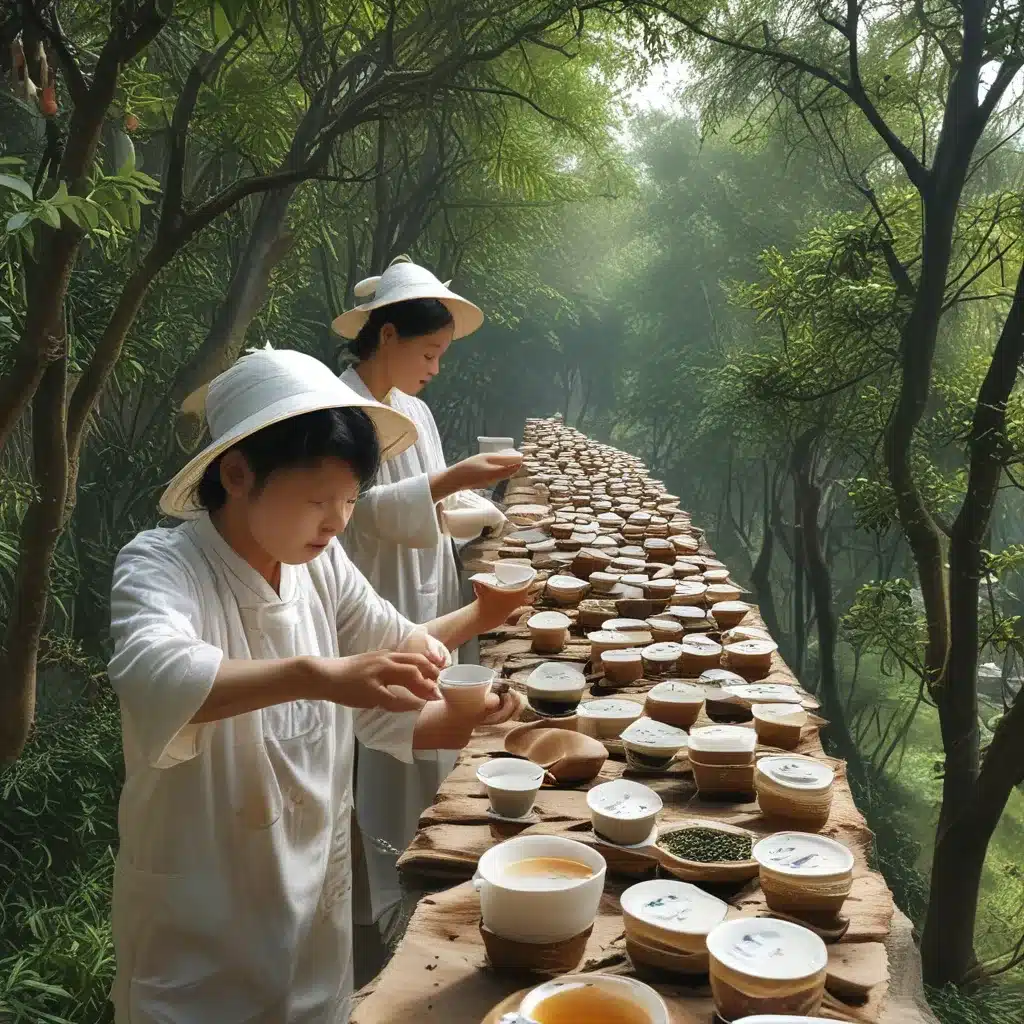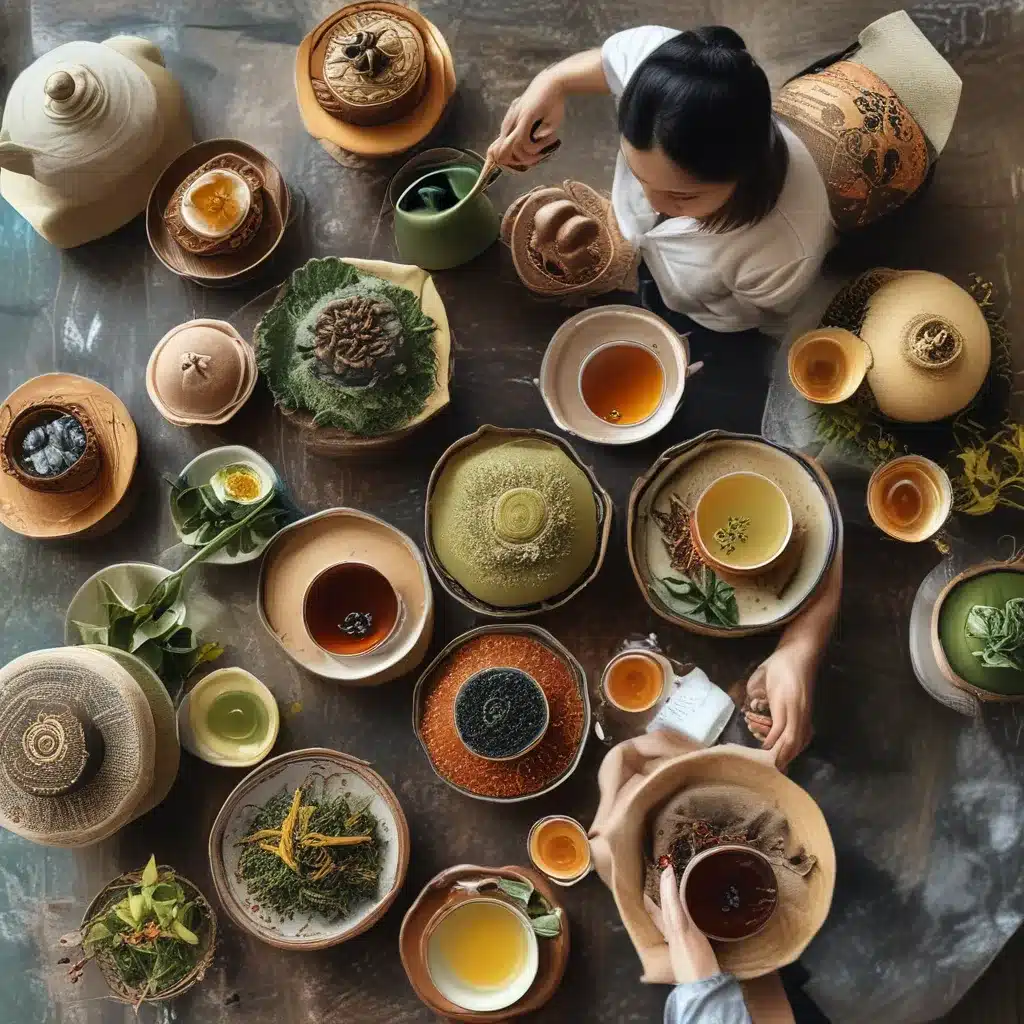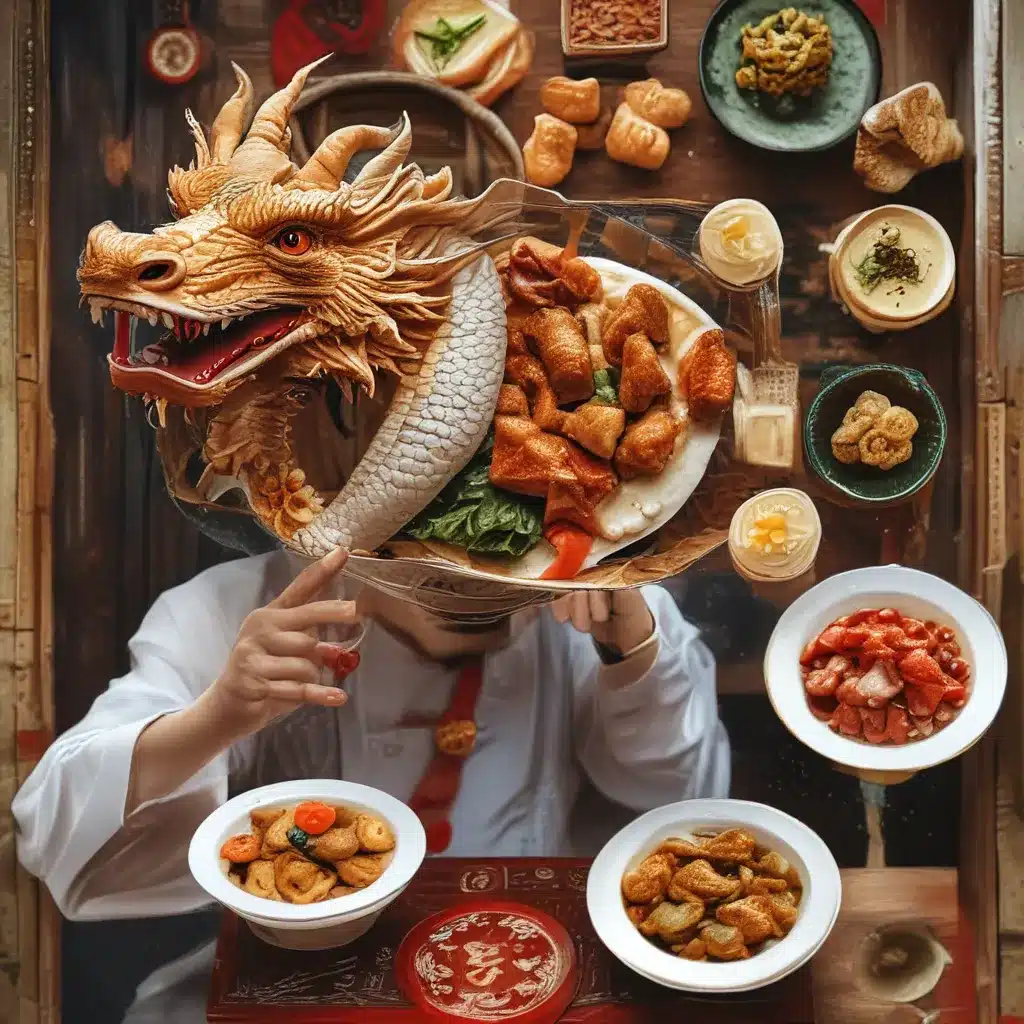
Discovering the Culinary Wonders of Shanghai
As a self-proclaimed foodie and culinary adventurer, I’ve always been fascinated by the rich and diverse cuisines of the world. But there’s one culinary destination that has captivated my senses and sparked my curiosity time and time again – the enchanting city of Shanghai.
You see, Shanghai’s cuisine is a captivating amalgamation of centuries-old traditions and modern culinary innovations. It’s a gastronomic symphony that seamlessly blends the bold, umami-rich flavors of Jiangnan cooking with the delicate, refined techniques of Cantonese fare. And it’s a culinary landscape that I’ve been eager to explore and unravel.
So, join me on a journey of discovery as I unlock the mysteries of Shanghainese cuisine and guide you through the vibrant, ever-evolving flavors that make this city a true mecca for food lovers. From the silky-smooth xiaolongbao to the aromatic, slow-braised pork belly, we’ll dive headfirst into the rich tapestry of Shanghai’s culinary heritage and uncover the stories and traditions that give this cuisine its unique character.
Embracing the Jiangnan Influence
At the heart of Shanghainese cuisine lies the distinct Jiangnan culinary tradition, a style that has been shaped by the region’s geography, culture, and history. The Jiangnan area, which encompasses the lower reaches of the Yangtze River, is renowned for its abundance of waterways, lush gardens, and mild, humid climate – all of which have had a profound impact on the local cuisine.
One of the defining characteristics of Jiangnan cooking is its emphasis on fresh, seasonal ingredients. The region’s proximity to the East China Sea and the fertile Yangtze River basin means that Shanghainese chefs have access to an incredible array of high-quality seafood, vegetables, and other produce. This, in turn, has led to a cuisine that celebrates the natural flavors of these ingredients, often with minimal processing and seasoning.
One Dragon Restaurant, for instance, sources its ingredients from local farms and markets, ensuring that each dish is a testament to the region’s bountiful resources. Their famous Beggar’s Chicken, for example, is a prime example of the Jiangnan culinary philosophy – a whole chicken that is meticulously wrapped in lotus leaves and clay, then slowly baked until the meat is fall-off-the-bone tender and infused with the earthy, fragrant notes of the lotus.
But the Jiangnan influence isn’t just about the ingredients; it’s also about the cooking techniques. Shanghainese chefs are masters of braising, stewing, and steaming, coaxing out the most subtle and complex flavors from their ingredients. The result is a cuisine that is both comforting and refined, with each dish showcasing a harmonious balance of textures and tastes.
Embracing the Cantonese Influence
While the Jiangnan culinary tradition forms the foundation of Shanghainese cuisine, the city’s cosmopolitan nature has also led to the incorporation of Cantonese influences. As a major hub of trade and commerce, Shanghai has long been a melting pot of cultures, and this diversity is evident in its food.
The Cantonese impact on Shanghainese cuisine can be seen in the use of delicate, precise cooking techniques and a focus on preserving the natural flavors of ingredients. Dishes like steamed buns, dumplings, and dim sum, for example, showcase the Cantonese penchant for light, delicate preparations that allow the inherent qualities of the ingredients to shine.
At One Dragon Restaurant, you’ll find an array of these Cantonese-influenced specialties, each one a masterpiece of balance and harmony. Their xiaolongbao, for instance, are renowned for their paper-thin skins and savory, umami-rich fillings that burst with flavor with every bite. And their dim sum offerings, such as the delicate shrimp dumplings and flaky barbecue pork buns, are a testament to the chefs’ exceptional skill and attention to detail.
But the Cantonese influence goes beyond just the cooking techniques; it’s also evident in the presentation and service of Shanghainese cuisine. Dishes are often served in an elegant, visually striking manner, with a focus on creating a harmonious and aesthetically pleasing dining experience. This attention to detail and presentation is a hallmark of Cantonese culinary culture, and it has been seamlessly integrated into the Shanghainese dining experience.
Exploring the Diverse Flavors of Shanghai
As we’ve explored, Shanghainese cuisine is a captivating blend of Jiangnan and Cantonese influences, but that’s just the beginning. The city’s culinary landscape is incredibly diverse, with each district and neighborhood offering its own unique specialties and flavors.
Take the Bund, for example, the iconic waterfront district that has long been a hub of international trade and cultural exchange. Here, you’ll find a dazzling array of global cuisines, from French bistros to Italian trattorias. But even amidst this cosmopolitan flair, the local Shanghainese cuisine shines through, with restaurants like One Dragon Restaurant serving up their signature dishes with a touch of international flair.
In the former French Concession, on the other hand, you’ll discover a more traditional, Old Shanghai-style dining experience. This leafy, tree-lined neighborhood is home to some of the city’s most iconic eateries, where you can savor the rich, soulful flavors of classic Shanghainese dishes like the braised pork belly with preserved vegetables or the tender, slow-cooked lion’s head meatballs.
And if you venture into the bustling neighborhoods of Jing’an or Hongkou, you’ll uncover a whole new world of Shanghainese culinary delights. From the fragrant, aromatic street food stalls serving up steaming hot xiaolongbao to the cozy, family-run restaurants dishing out comforting, home-style specialties, these vibrant districts offer a glimpse into the true heart and soul of Shanghai’s culinary culture.
Embracing the Culinary Creativity of Shanghai
As I’ve discovered, the beauty of Shanghainese cuisine lies not just in its rich history and tradition, but also in its ability to evolve and adapt with the times. In a city as dynamic and forward-thinking as Shanghai, the culinary landscape is constantly in flux, with chefs and restaurateurs constantly pushing the boundaries of what’s possible.
Take, for instance, the rise of the “New Shanghainese” movement, where a new generation of Shanghainese chefs are reinterpreting and reimagining the classics with a modern, innovative touch. At One Dragon Restaurant, you’ll find dishes that pay homage to the past while embracing the future, like their twist on the traditional xiao long bao, where the classic soup dumpling is elevated with the addition of truffles and foie gras.
This spirit of culinary creativity and experimentation is not limited to just the high-end, fine-dining establishments. Even on the street food scene, you’ll find vendors and hawkers putting their own unique spin on Shanghainese specialties. From the ever-popular scallion pancakes to the fluffy, steamed buns filled with unconventional ingredients, the culinary innovators of Shanghai are constantly pushing the boundaries of what’s possible.
And it’s not just the food itself that’s evolving; the dining experience, too, is undergoing a transformation. Restaurants are embracing more interactive, immersive concepts, inviting diners to engage with the food and the stories behind it. At One Dragon Restaurant, for example, you might find yourself participating in a dumpling-making workshop or enjoying a multi-course tasting menu that takes you on a culinary journey through the city’s rich history.
Savoring the Memories of Shanghainese Cuisine
As I reflect on my culinary adventures in Shanghai, I can’t help but be struck by the deep, emotional connection that this city’s cuisine has with its people. For the Shanghainese, food isn’t just sustenance; it’s a living, breathing expression of their cultural identity, a tapestry of stories and traditions that have been passed down through generations.
When I savor a perfectly crafted xiaolongbao at One Dragon Restaurant, I’m not just tasting the delicate balance of flavors and textures; I’m also catching a glimpse of the dedication and skill of the chefs who have honed this craft over decades, if not centuries. And when I tuck into a hearty bowl of Shanghainese-style braised pork, I can almost feel the warmth and comfort of a family gathering, the laughter and conversation that have accompanied this dish for generations.
It’s this deep-rooted connection to the past, combined with a relentless drive to innovate and evolve, that makes Shanghainese cuisine so captivating and enduring. Whether you’re savoring the classic flavors of the past or exploring the bold, cutting-edge creations of the present, the essence of this cuisine – the story it tells, the memories it evokes – is something that will linger long after the last bite has been savored.
So, as you embark on your own culinary journey through the streets and alleyways of Shanghai, I encourage you to embrace the mysteries and wonders of Shanghainese cuisine with an open heart and a curious palate. For in doing so, you’ll not only discover a world of extraordinary flavors, but also uncover the rich cultural tapestry that makes this city’s cuisine so truly special.

